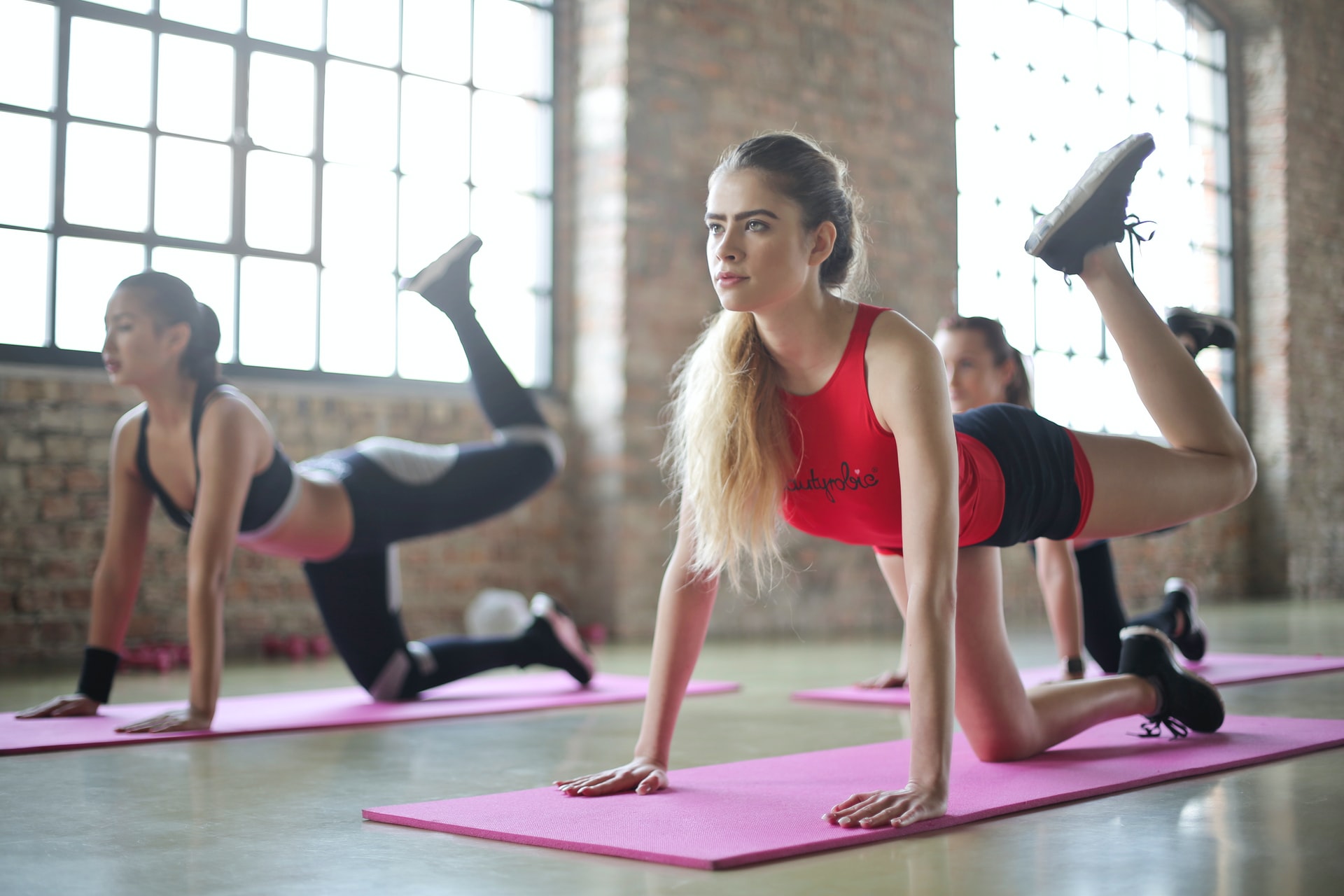This year, pay attention to your body and resolve to stop implementing this unwise fitness advice.
1. If you don’t want to gain weight, stay away from weightlifting
Let’s first take care of this one. “There is no activity that can prevent weight gain completely. According to Bianca Grover, C.P.T. certified personal trainer and ACSM exercise physiologist and host of the Fit Not Fad podcast, the only way to gain weight is if your daily calorie intake exceeds your daily caloric intake expenditure. “To put it simply, you must consume more calories than you expend. Lifting weights is a terrific technique to boost your metabolism, making losing weight more accessible and enduring because bigger muscles burn more calories.
2. To see results, you must be obsessed with exercising.
It’s time to let go of the idea that you must constantly like working out to remain with it. “A new year has arrived. Even the best among us experience fitness ruts since not everyone enjoys working out, observes Zappone. “You are aware that your body needs movement. It is necessary. You are also aware that your passion and motivation will decline as long as there remain daylight hours.
Zappone advises people to avoid beating themselves up because they don’t always like their workouts or occasionally skip them. Instead, she suggests finding exciting forms of exercise (even if you don’t love it, the novelty of a workout may keep you motivated to make it through) or engaging in exercise that doesn’t feel like exercise, like going for a walk in the outdoors and then perhaps finding a quiet place to practice yoga.
3. If you suffer from persistent pain, you should stop exercising.
This is a myth in general; of course, you should always discuss your personal circumstances with your doctor or other trusted healthcare provider. “It’s common to believe that exercising should be avoided if you suffer from chronic discomfort. According to Grover, this is frequently the wrong approach. “Most fitness experts who do not have experience in orthopedic exercise or functional training might even default to it. “Chronic pain can be constant or intermittent; it makes you feel achy and lasts longer than six months, even after the injury or sickness appears to have healed. Instabilities and muscular imbalances are major causes of these aches.
She cites this research to support her claim that certain types of chronic pain can be enhanced or even eased by specific stretches and exercises.
 4. Carry Out Exercises That Aim to Reduce Fat in Specific Body Parts
4. Carry Out Exercises That Aim to Reduce Fat in Specific Body Parts
Ever seen a social media post that says, “These 5 motions will give you a tiny waistline,” or read a magazine title like “10 core workouts for flat abs”? Friends, don’t take those assertions at face value.
The reality is that there are no activities that can specifically target body fat on a particular area of your body, according to Dodd. “A calorie shortage causes you to lose weight. This entails consuming fewer calories per day than you expend. If you maintain a calorie deficit long enough, you’ll see effects, he adds, noting that while exercise aids in fat loss since it boosts calorie expenditure, overeating food will prevent fat loss.
In actuality, activities for particular body areas will help you increase muscle mass rather than decrease fat. Since subcutaneous fat is closer to the skin than muscle, it covers and surrounds the muscle, which may help the appearance of fat in that location, according to Dodd. He continues, “If you have more muscle, the fat will have to spread out more to cover it, making it appear like there’s less fat in that area.” He uses the following example from a study that tracked 40 overweight women for 12 weeks while they engaged in abdominal resistance training exercises and found no evidence that the exercises reduced abdominal fat:
5. To grow muscle, you must only lift enormous weights.
Nope. Even with deca durabolin, you can get in shape. “Another popular piece of advice that the scientific literature does not support is the notion that to grow muscle, you must lift enormous weights. This is untrue. According to this study, as long as the loads are lifted to failure, there is no difference in muscle hypertrophy when utilizing light or heavy loads. “Strength and muscle are needed to lift high weights; these can be developed through training with light loads. But since it’s also a skill, honing that ability is just as crucial as getting more robust if you want to lift the most significant weight. Try these suggestions to gain muscle instead of going straight for the heavier dumbbells on the weight rack.
6. Exercise more often to lose weight
Another lousy advice is, “You need to exercise for whatever amount of time to lose weight.” According to Pam Sherman, a qualified personal trainer, and author, exercise has little to do with weight loss. Sherman believes that Herman Pontzer’s statement in his latest book, Burn: New Research Blows the Lid Off How We Burn Calories, Lose Weight, and Stay Healthy, best captures this idea: The amount of calories you burn each day is primarily unrelated to how active you are, and increasing your energy expenditure won’t stop you from gaining weight.
7. There is only one exercise that is ideal for you.
This one-size-fits-all approach to fitness is utterly incorrect, just like there is no perfect diet. “No one can find the ideal workout. Please resist the urge to believe that “[insert popular exercise] is all you need! Hot yoga may have helped your cousin lose 50 pounds, but you might never put on exercise clothes again after spending just 30 seconds in a hot environment. Similar to how it’s unlikely that you’ll enjoy getting drawn into a YouTube vortex of HIIT videos just because your college buddy does.




